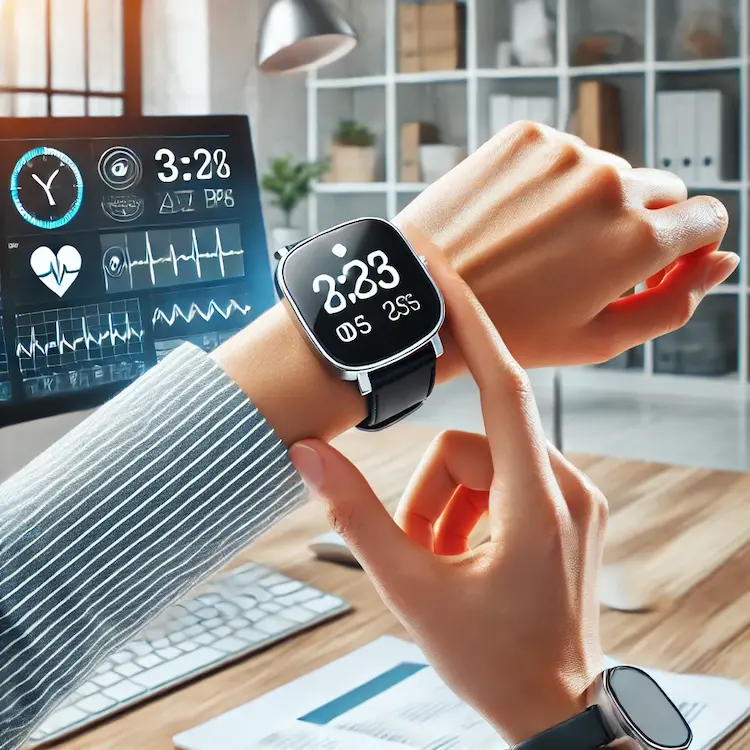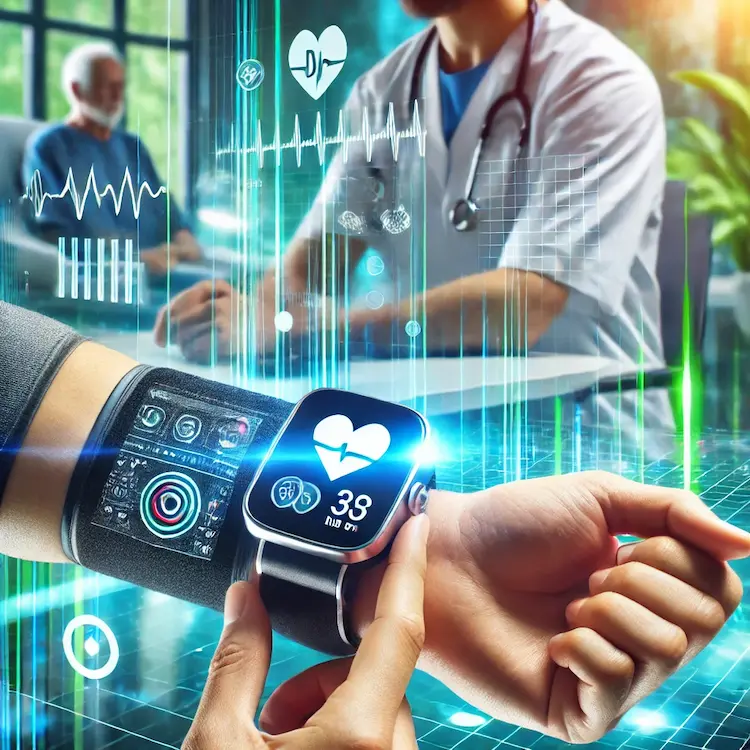Wearable blood pressure monitors are revolutionizing how we track and manage cardiovascular health. These compact, non-invasive devices offer convenience and real-time monitoring, empowering individuals to make informed health decisions. This article explores their importance, technological advancements, societal impacts, and practical usage.
What Are Wearable Blood Pressure Monitors?
Wearable blood pressure monitors are portable devices designed to measure blood pressure (BP) continuously or on-demand. Unlike traditional BP cuffs, these gadgets integrate seamlessly into daily life, often in the form of watches, armbands, or patches.
-
How They Work
Wearable monitors typically use optical sensors, inflatable cuffs, or piezoelectric technology. They measure variations in blood volume or arterial wall pressure, providing systolic and diastolic readings. -
Key Features
- Compact and lightweight
- Bluetooth and app connectivity
- Real-time data tracking
- Long battery life
Importance of Monitoring Blood Pressure
-
Prevalence of Hypertension
Hypertension affects approximately 1.28 billion adults worldwide, with nearly 46% unaware of their condition (WHO, 2021). -
Benefits of Wearable Devices
- Early Detection: Identify trends and abnormalities promptly.
- Convenience: Continuous monitoring eliminates the need for frequent clinic visits.
- Improved Management: Data integration with health apps allows customized health plans

Health and Societal Impacts
-
Health Benefits
Wearables promote proactive health management, reducing the risks of strokes, heart attacks, and kidney damage. -
Societal Implications
- Reduced healthcare costs through preventive care.
- Enhanced access for remote or underserved populations.
- Increased health awareness and education.
Comparing Blood Pressure Monitoring Methods
| Method | Pros | Cons |
|---|---|---|
| Traditional Cuffs | Accurate; standardized | Bulky; inconvenient for daily use |
| Wearable Monitors | Portable; real-time tracking; user-friendly | May have calibration issues |
| Ambulatory BP Monitors | Continuous 24-hour data | Expensive; intrusive for daily routines |
Conclusion: Wearable monitors strike a balance between accuracy and convenience, making them ideal for daily health tracking.
Technological Advancements in Wearables
-
AI Integration
AI algorithms enhance accuracy by analyzing trends and eliminating noise. -
Innovative Materials
Flexible, breathable materials improve comfort and durability. -
Connectivity
Integration with IoT devices allows seamless data sharing with healthcare providers.

Practical Tips for Choosing a Wearable BP Monitor
- Accuracy: Check for FDA approval or similar certifications.
- Comfort: Opt for lightweight, skin-friendly materials.
- Connectivity: Ensure compatibility with your smartphone.
- Battery Life: Longer battery life reduces interruptions.
- Features: Consider additional health metrics like heart rate variability.
Potential Challenges and Solutions
-
Calibration Issues
- Solution: Regularly compare readings with clinical-grade devices.
-
Data Privacy Concerns
- Solution: Use devices with robust encryption and privacy policies.
-
Cost
- Solution: Compare models and look for subsidies or insurance coverage.
Key Takeaways and Actionable Recommendations
- Wearable blood pressure monitors are vital for proactive health management.
- When selecting a device, prioritize accuracy, comfort, and connectivity.
- Integrate data into healthcare routines for optimal results.


